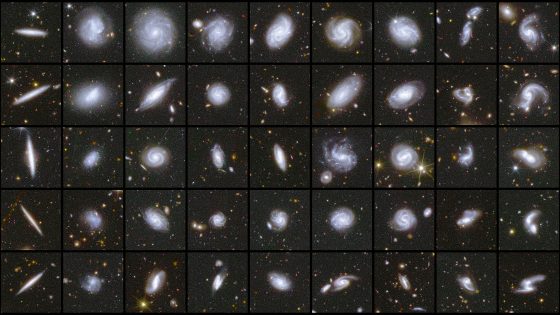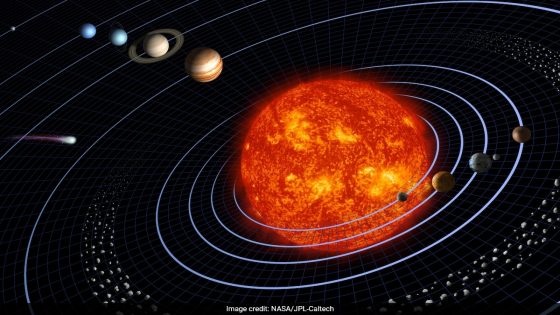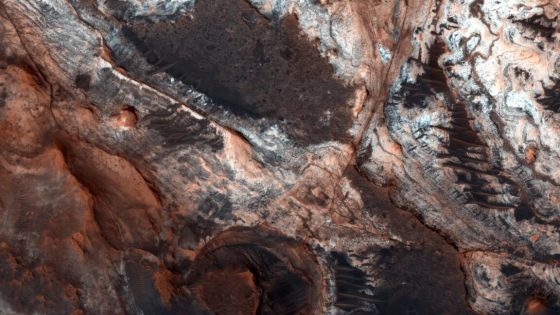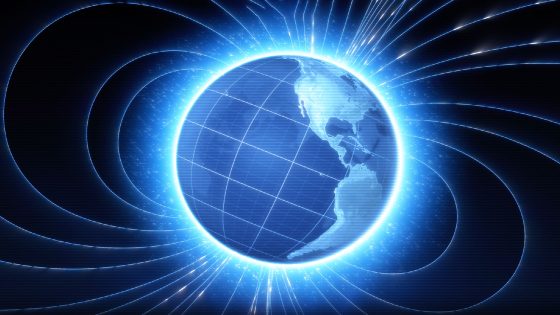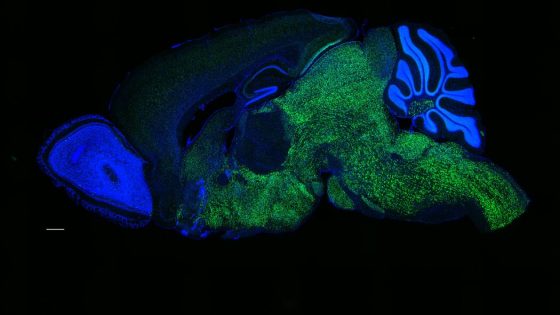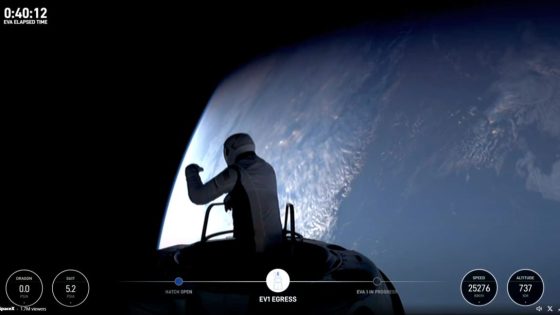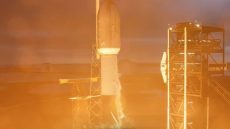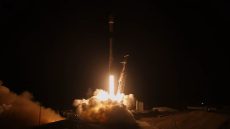The European Space Agency (ESA) has made a groundbreaking announcement with its Euclid mission, revealing stunning images of 26 million galaxies. Released on March 26, 2025, this data marks the beginning of an extensive cosmic map that could reshape our understanding of the universe. How will these discoveries impact our view of dark matter and the formation of galaxies?
- Euclid mission reveals first cosmic survey data.
- 26 million galaxies mapped in one week.
- AI aids classification of 380,000 galaxies.
- Gravitational lensing detects dark matter.
- Future data release planned for October 2026.
- Explore images via the ESASky platform.
ESA’s Euclid Mission Unveils a Cosmic Map of 26 Million Galaxies
What can we learn from 26 million galaxies captured in just one week? The Euclid mission has provided an unprecedented glimpse into the universe, mapping a vast area of the sky. This treasure trove of data is set to revolutionize our understanding of cosmic structures and the forces that shape them.
How Euclid’s Data is Transforming Our Understanding of the Universe
The Euclid mission has mapped 63 square degrees of the night sky, equivalent to 300 full Moons, in just one week. This ambitious project aims to create a detailed 3D atlas of the universe, offering insights into how galaxies form and evolve. Here are some key points:
- Euclid will scan each area 30-52 times by 2030.
- The final map will cover one-third of the sky, totaling 14,000 square degrees.
- AI and citizen science are being used to classify over 380,000 galaxies by their features.
- Gravitational lensing will help detect dark matter, enhancing our understanding of its role in the universe.
Understanding Dark Matter Through Gravitational Lensing
Gravitational lensing occurs when light from distant galaxies bends around massive objects, revealing hidden structures in the universe. This phenomenon is crucial for studying dark matter, which makes up a significant portion of the cosmos. The Euclid mission has already identified 500 potential gravitational lenses, many of which were previously unknown. By the end of its mission, Euclid aims to discover around 100,000 strong lenses, providing a wealth of information about dark matter distribution.
AI and Citizen Science: A New Era in Astronomy
The Euclid mission leverages artificial intelligence and citizen science to process the vast amounts of data it collects. Volunteers help classify galaxies, leading to the creation of a new catalogue that enhances our understanding of their shapes and features. This collaborative effort not only accelerates research but also engages the public in scientific discovery, making astronomy more accessible than ever.
As the Euclid mission continues, it promises to unlock even more secrets of the universe, paving the way for future discoveries that could change our understanding of cosmic evolution.



